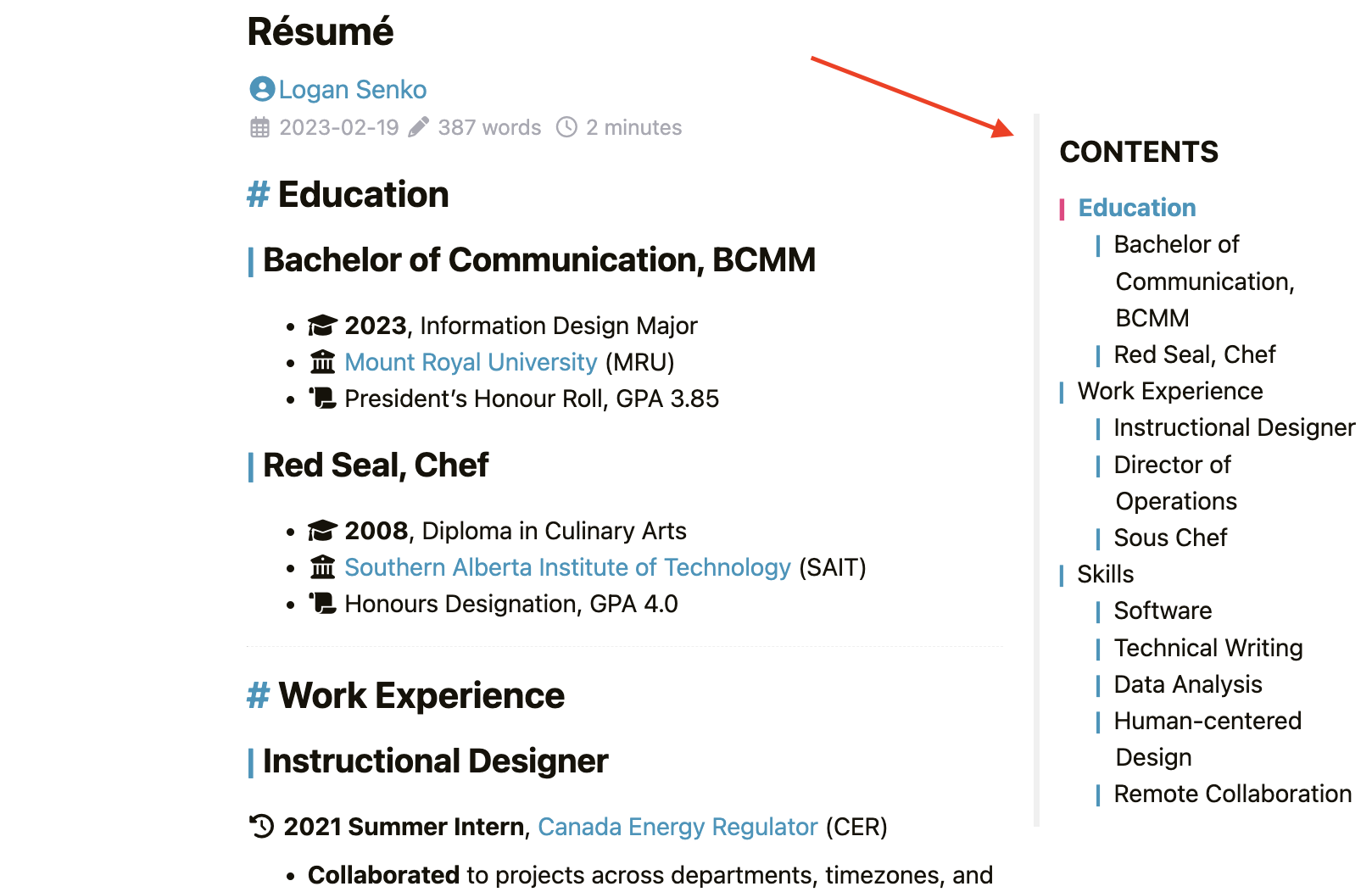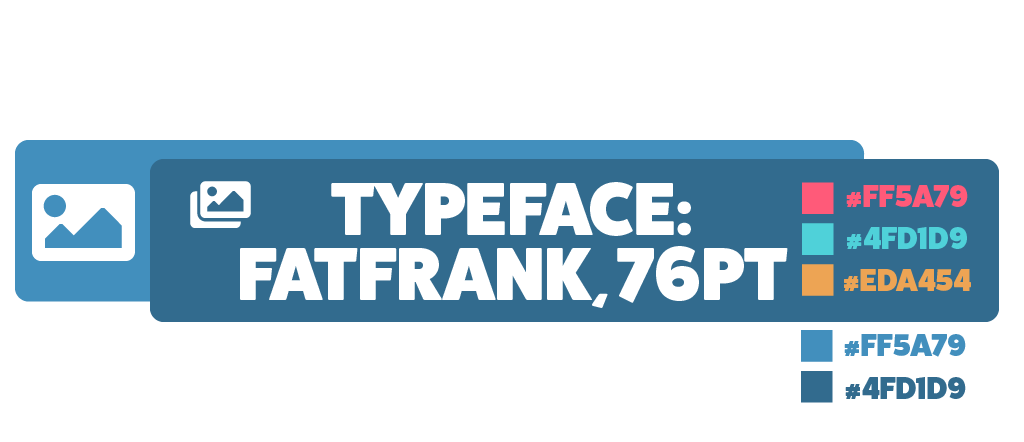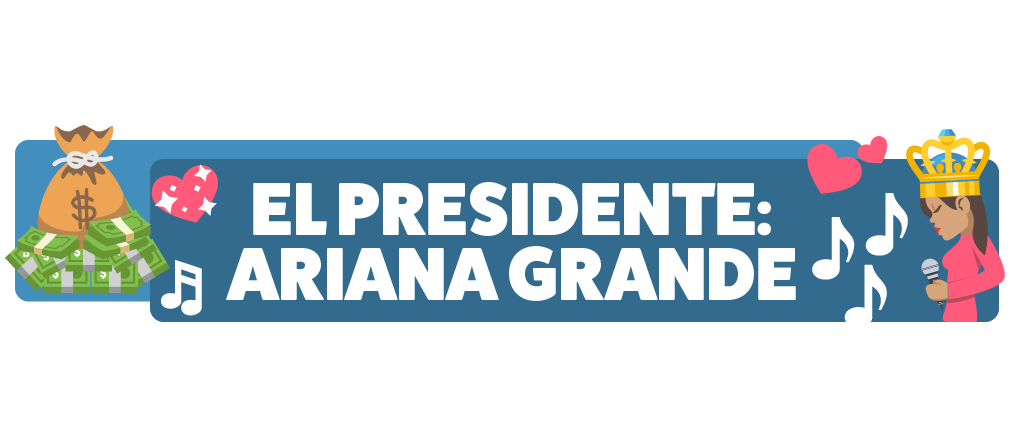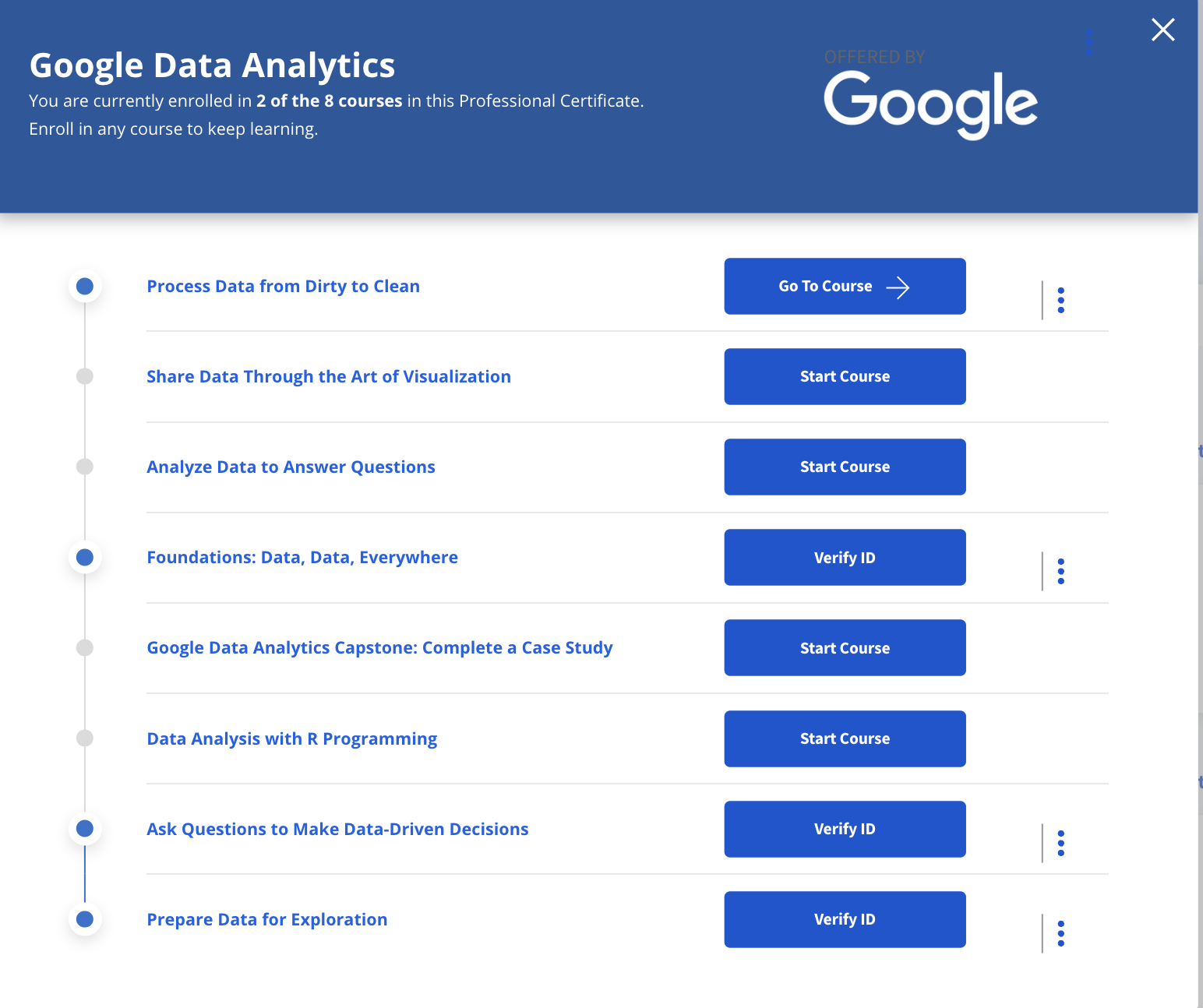Professional Development
Personal Reflections & Insights
Activities
Designed Portfolio
I wrote about the portfolio design process in a blog post entitled Going Hugo.
Updated Resume
I chose to create a digital version of my resume, so it could live as a component in my new portfolio.
I made strategic use of the embedded table of contents to provide a summarized view of my resume for those readers who chose to quickly glance at the page before reading the full document.
Additionally, the digital resume afforded me another opportunity to showcase myself in a unique light which may appeal to employers.
Developed A Brand
I developed my branding and professional identity to reflect a more minimalist mindset. This included:
- “Colour” scheme
- Simple black and white, with red and blue accents
- Favicon & logo
- A mountain, which signifies my endurance and perseverance as a designer
- An avatar
I chose to limit any personal flair to the featured ‘hero’ image, which serve as a visual header for each individual post.
This provides a dynamic and optional way to showcase my cheeky aesthetic and visual rhetoric without distracting from the project.
Design: Article Cards
The static components of the card include: typeface, type placement, and the shape and colour of the card itself.
While it would be time-consuming to produce a topically relevant card for every piece of content I wish to post, it provides a simple way to communicate messages. For example:
Additionally, the article cards afford me the opportunity to infuse a touch of my unique personal flair to grab viewer’s attention.
Domain + TLD
I chose to use the combination of my surname and given name to designate my brand, this highlights my heritage without overcomplicating my identity. The result, senkolo.
Additionally, I chose to use the .XYZ TLD for my domain instead of .com, .ca or .io because it serves multiple purposes:
- it stimulates discussion about web technologies.
- it symbolizes unity between generations X, Y, Z.
- it is memorable, even if it is not apparent initially.
Completed Mini-Course
At the time of writing this, I have completed roughly half of Google’s Data Analytics Professional Certificate on Coursera.
This course has been the perfect opportunity to bridge what has been my largest gap in knowledge throughout my degree program.
So far, I’ve learned how to:
- Filter a spreadsheet non-destructively
- Generate a reproducible snapshot of data
- Add data from an external source
- Ask data-driven questions
- Prepare data for collecting and storage
- Process data by cleaning and documenting that process
- Identify data integrity
- Secure databases and consoles
- Query a database using SQL.
- Access public data using Kaggle and BigQuery
I’m looking forward to further developing my skills throughout the course, particularly learning to use the R language to explore data.
Guest Speakers
Gabrielle
Service Design
I found the discussion particularly resonate to my own experience as a designer, thus far. Specifically, the notion of “digital innovation” as the exploration of digital tools with the explicit intention of improving employee experience.
Coming from the capstone project, I continue to encounter the immense need for digital literacy skills across all sectors and industries.
I also enjoyed the discussion about proprietary software. Not that it has become a barrier to yet another industry, but that the issue is being identified and framed as a service design problem is inspiring as I re-enter the workforce.
Barbara
Senior Manager of User Research
I think Barbara was the guest to whom I aspire the most. I am incredibly interested in her employer, and made sure to apply for their internships. The description of her role reminded me of my internship at the federal regulator, where I saw the tremendous value of communicating the needs and viewpoints of users to the organizations they depend on.
I also resonated with her tips for fresh graduates, “focus on writing” and “linking design to strategy”. In fact, I’ve tried to keep that attribute in mind as I write the content for my portfolio and resume.
Hearing about their workplace, a place I could barely imagine working in only a few years ago, reinforced my confidence in pursuing a career in the ‘tech’ industry. It will be an incredible opportunity.
Lulu
Data Visualization Specialist
A month away from graduation, the thought of voluntarily subjecting myself to more education sends chills down my spine. However, after hearing about Lulu’s experiences pursuing a Master’s Degree related to Data Visualization, and the career pathway it helped forge, I am at least open to that possibility.
I was surprised to learn that a Masters in a Data-related field doesn’t entail actual data analysis. Instead, that role is reserved for what she referred to as “developers”, as the analysis process requires strong coding skills. Then, designers can focus on visualizing and communicating that analysis.
Rosey
Art and Creative Director
Rosey provided an incredible and diverse range of experiences and I think the management role is inevitable for most driven creative professionals. This discussion was particularly insightful in the context of applying for jobs, as she described how to navigate often mysterious job titles or postings, and her own success using LinkedIn to network and find employment
It was fascinating to learn about the robust infrastructure running behind-the-scenes of such a successful and high-profile team to operate entirely remote. I am inspired by the prospect of remote work, the freedom to chose where I live was a key motivation in my decision to pursue a degree.
Samantha
Product Design and UX Writing
I appreciate Samantha’s honesty regarding recruitment and recruiters, it has inspired me to try and be more active on LinkedIn (despite feeling incredibly awkward about it). I think I need to remember that a hiring manager is just another person, and they were likely in my shoes a short time ago.
I really resonated with the notion she described as “immeasurable design”, a nuance in the context of trying to improve a product or design without really understanding where to start or what to explore.
I also found it interesting that she mentioned information arcitecture to be one of the more common problems which clients had expressed without realizing that was which could even be addressed (as I often encounter this). I found it reassuring to hear the pathway she took from graduation to working in finance was both organic and something she chose to persue. It gives me hope for being patient while I look for my first position post-graduation.
Amanda
Learning and Development
I was almost shocked when Amanda said “contact recruiters from companies you wish to work for individually on linkedin”, but that just further demonstrates my total lack of awareness when it comes to so-called professional conduct.
Additionally, her suggestion to acquire shares during contract negotiations and as hiring incentives was not something I realized existed at that phase of my career. That’s exciting. The advice to conclude portfolio entries with a “what you would have done differently?” section is fantastic.
While I knew this, it was a good reminder, that is: that instructional design, information design, ux design, and technical writing are essentially the same skill set just articulated and applied in a different manner. A good recruiter knows this.



